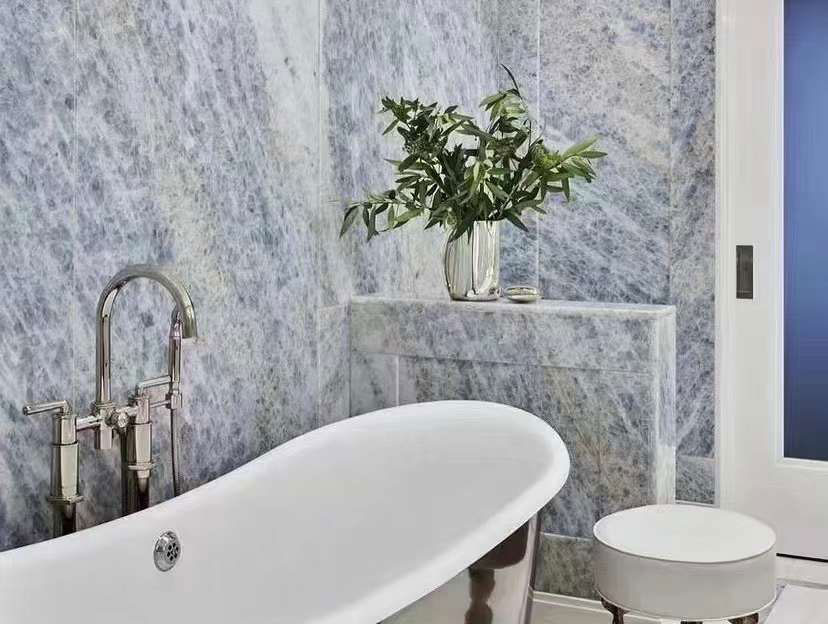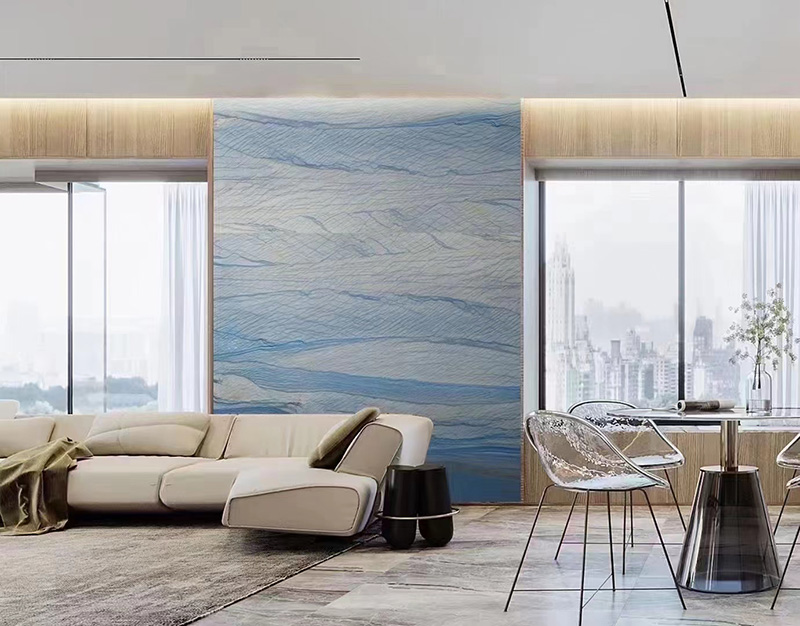Quartzite Countertops Pros And Cons
/ /If you love natural stone and want that organic feel for your kitchen then quartzite is the choice for you. Quartzite’s most appealing feature is definitely its similarity to marble. It comes in unique, interesting designs and a variety of colors which will be a great option in case you love the look but can’t afford marble.
Quartzite is generally found in white to gray colors. Pink and red hues are a result of iron oxide that is found in the stone. Yellow, green, blue, and orange quartzite results from the presence of other minerals. Regardless of the color, the quartzite always has streaking caused by varying degrees of pressure in its formation and the random presence of iron oxide or other minerals.
The natural formation process of this stone is what makes it highly resistant to water and heat, meaning it’s very durable and will remain damage-free for years to come. Additionally, it has a high resistance to acids that can cause etching and is UV resistant so natural light won’t darken or fade it. Quartzite is harder than both granite and quartz and unlike quartz which is made with resin, it can withstand heat and not melt or damage.
Once sealed your quartzite countertops will be easy to maintain and clean using mild dishwasher soap and warm water while avoiding chemical-based cleaners which can damage the sealant.
Although durable and strong, quartzite can still be damaged by sharp objects like knives so you’d do well to remember using a chopping board. Quartzite is also a porous material, just like any other natural stone, so it will need to be sealed at least twice a year. If not properly sealed spills can seep in and lead to tough stains and bacterial growth unless cleaned right away. This natural stone is not suitable for DIY because it’s dense, hard, and heavy it really should be installed by professional craftsmen with advanced tools.

